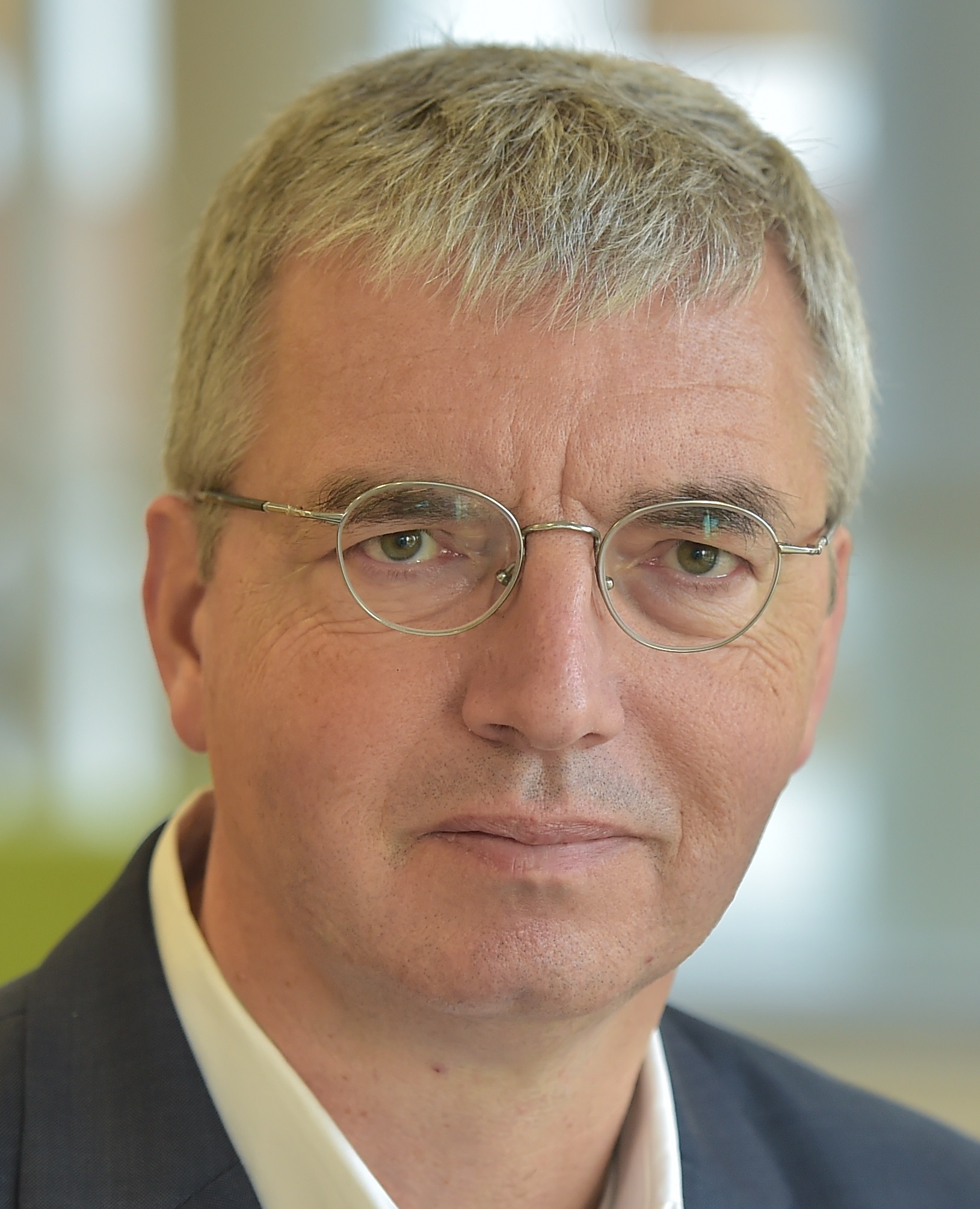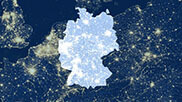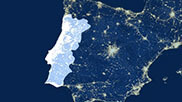

The use of flexibility is key to an efficient energy transition and the viability of the decarbonization efforts. In addition, the optimal use of flexibilities will also contribute to guaranteeing the stability and security of the energy system. This objective requires the close cooperation of Transmission (TSO) and Distribution System Operators (DSO) in the framework of the one-system approach.
Flexibility is required for portfolio optimization, balancing, congestion management and non-frequency ancillary services. European legislation in Art. 32 of the Electricity Directive requires that the allocation of flexibilities between these different demands should be market-based unless there are reasons to allocate flexibilities through different mechanisms.
Most of the flexibilities are connected to the DSO – they are Distributed Energy Resources (DER). Today, the full potential of distributed flexibilities has barely been realized. To unleash competitive dynamics, unlocking that potential is the objective of upcoming European secondary legislation – in particular of the Network Code Demand Side Flexibility.
What is necessary is a careful European harmonization of market access, products and processes as well as the roles and responsibilities for data exchange and TSO/DSO cooperation.
This harmonization should enable the realization of economies of scope, e.g. for Flexibility Services Providers active in multiple Member States, while still leaving enough room for national differentiations which accommodate the various situations in different countries.
In order to enable dynamic market forces to mobilize flexibilities, it is important to adopt a technology agnostic approach, i.e., to treat all flexibilities equally – independent of their source. Generation, storage or consumption should not be differentiated. Regulators and System Operators should leave the aggregation of various sources of flexibility behind the meter to innovative service providers. This would enable the realization of many flexibility potentials that today are still non-existent.
Apart from designing this framework for explicit flexibility, it also has to be remembered that implicit flexibility – i.e., time-of-use tariffs and prices – can provide additional mobilization and is normally compatible with explicit flexibility.
A focus on the observability and controllability from the perspective of system operators must complement the development of a better framework for distributed flexibilities. Today, especially DSOs are confronted with insufficient system observability – especially in low voltage – and the lack of developed procedures for the use of flexibility in system planning, development and operation.
The MITNETZ STROM demonstrator in the EUniversal project aims to overcome these hurdles with new smart grid solutions and the combination of flexibility markets and mandatory congestion management measures.
EU-funded research projects like EUniversal with a perspective on multiple Member States can make a significant contribution to designing the proper harmonized framework for distributed flexibility on a European level. Their results are particularly valuable at this time, when new harmonized rules for distributed flexibility are about to be drafted on a European level.





